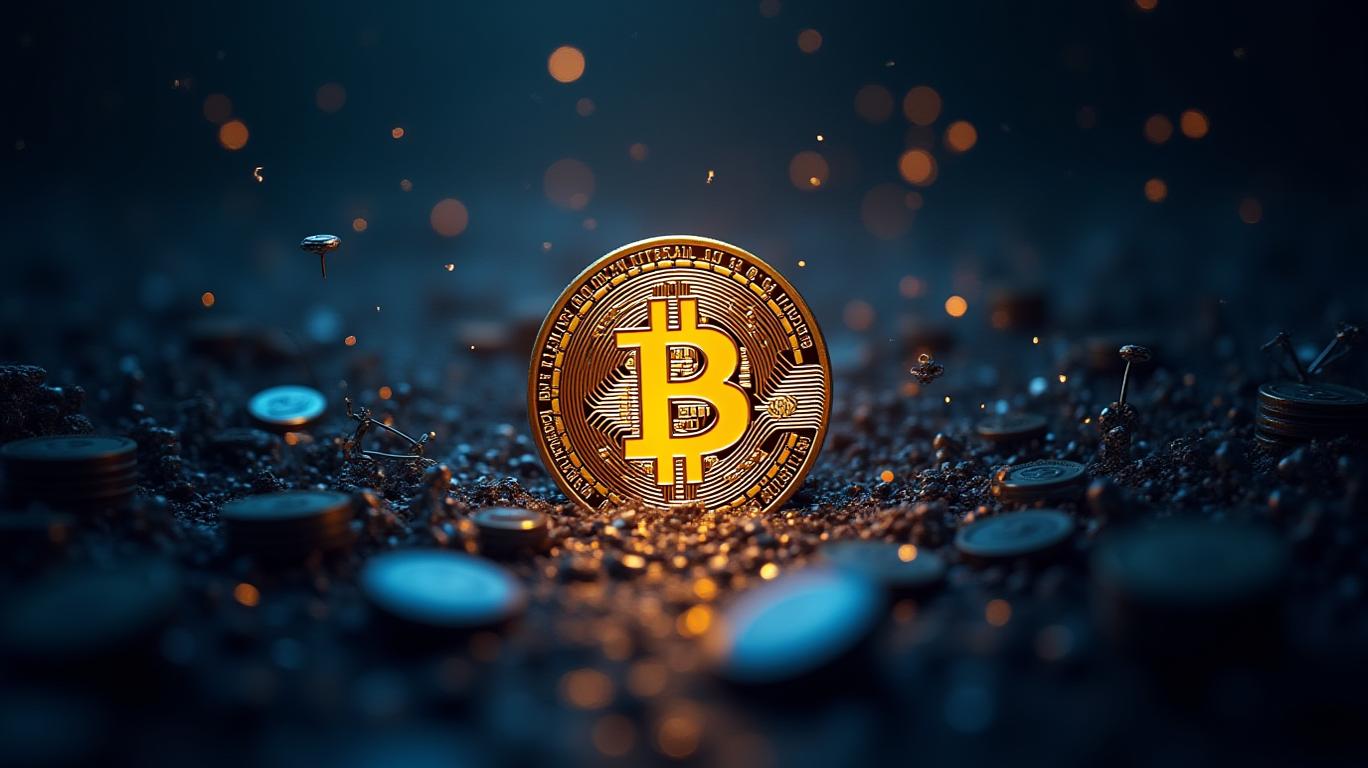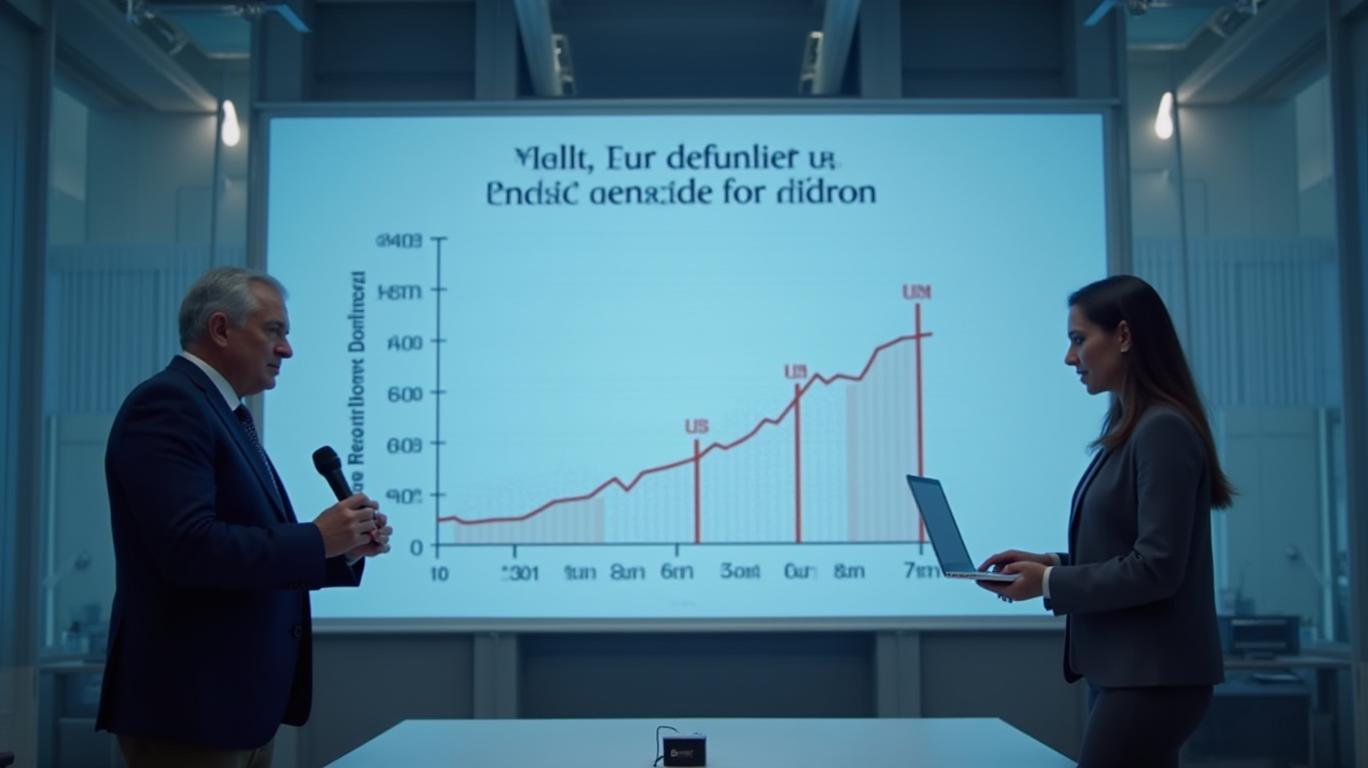Bitcoin's Data Limits Debate Echoes the Ordinals Controversy: A Fork in the Road for the Blockchain?
The Bitcoin community is once again grappling with a contentious debate over the future of its protocol: whether to loosen data limits to accommodate more complex transactions, or to preserve its current design as a store of value. This fight mirrors the divisive Ordinals controversy of 2023, which saw Bitcoin’s blockchain strained by NFTs encoded via the protocol. While proponents argue that expanding data capacity will unlock innovation, critics fear it risks undermining Bitcoin’s core principles and financial viability. The stakes are high—this decision could define Bitcoin’s trajectory as a decentralized asset or a utility-driven platform.
Ask Aime: "Is Bitcoin too slow for everyday use?"

The Ordinals Precedent
The Ordinals protocol, which enables NFTs on Bitcoin’s blockchain, highlighted the tension between innovation and scalability. By embedding NFT data into Bitcoin transactions, Ordinals surged in popularity, leading to a 40% increase in average block sizes between late 2022 and mid-2024. This put pressure on transaction fees, which peaked at $30 per transaction in early 2024 compared to a pre-Ordinals average of $5. While fees have since stabilized, the episode exposed a critical question: Is Bitcoin’s blockchain a canvas for creativity, or a fortress for financial sovereignty?
The Current Data Limits Debate
The latest proposal to loosen data limits—specifically increasing the block weight limit or allowing more non-monetary data—has reignited this divide. Proponents, including some developers and entrepreneurs, argue that Bitcoin must evolve to compete with Layer-2 solutions like Lightning Network or Ethereum’s smart contracts. They point to underutilized block space: even at peak Ordinals activity, Bitcoin’s blocks rarely exceeded 80% of their 4 million weight unit (WU) limit.
Critics, however, warn that relaxing limits could centralize Bitcoin’s network. Larger blocks require more storage and bandwidth, disproportionately favoring large mining pools. This could erode the decentralization that has been Bitcoin’s cornerstone since its inception. Moreover, higher data usage might push transaction fees upward again, deterring small-scale users and undermining Bitcoin’s role as “digital gold” for everyday holders.
The Economic Tradeoff
The debate boils down to a fundamental tradeoff: Should Bitcoin prioritize accessibility and innovation, or preserve its identity as a censorship-resistant store of value? Historical data offers clues.
When Bitcoin’s block size was temporarily raised in 2017 to 8MB (via a SegWit upgrade), transaction fees dropped by 30% over the next six months. However, this was paired with a halving of block intervals, not a permanent increase. Today, even a modest expansion to 6 million WU could theoretically reduce fees further, but it risks unintended consequences.
The Ordinals example shows that without coordinated governance, such changes can create volatility. In 2023, Bitcoin’s hash rate dipped 15% during the NFT boom as miners shifted focus to more profitable altcoins, highlighting the ecosystem’s fragility.
Conclusion: A Delicate Balance
Bitcoin’s future hinges on whether the community can reconcile its dual roles as both a speculative asset and a programmable ledger. The data suggests that moderate increases in block size could improve accessibility without drastic fee hikes—provided they’re paired with governance mechanisms to prioritize monetary transactions over non-essential data.
However, the Ordinals controversy revealed a harsh truth: Bitcoin’s blockchain is a zero-sum game. Every byte allocated to NFTs or smart contracts is a byte not used for transferring value. For now, the safest path may be incremental upgrades—like off-chain solutions or improved compression—rather than a wholesale expansion. The market will ultimately decide, but investors should monitor both fee trends and block utilization closely.
In the end, Bitcoin’s value as a decentralized asset may depend less on its capacity to carry data and more on its ability to remain a scarce, unshakable store of wealth. That’s a lesson the Ordinals era etched into the blockchain’s code—and one the community can’t afford to forget.


_cbf77e8c1748017079428.jpeg)






